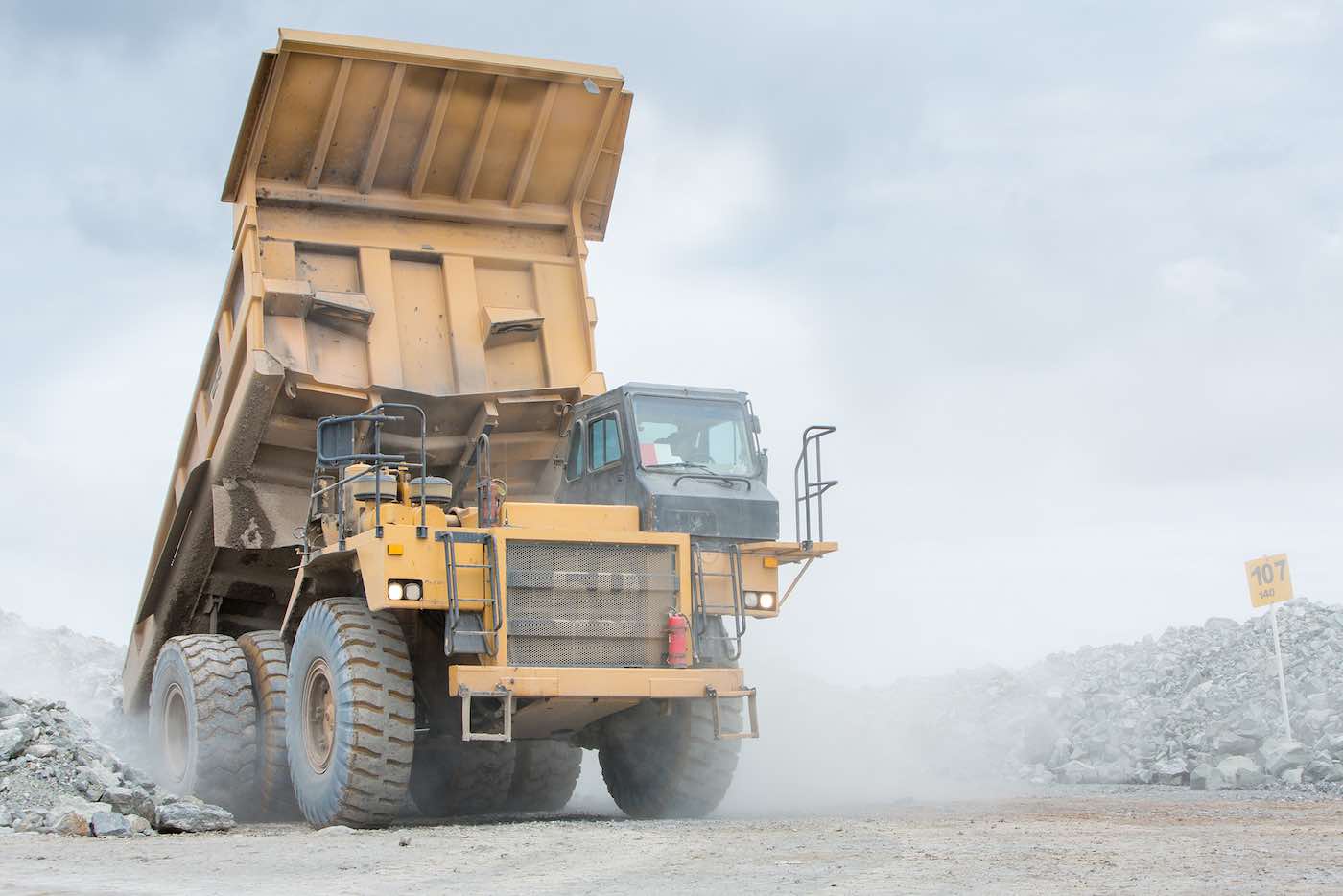
Press Release: 29th November, 2022
Recent media stories highlighting the dangers of incurable lung disease silicosis caused by exposure to silica dust are driving leading dust suppression firm Global Road Technology (GRT) to advocate for higher worksite safety standards.
According to modelling by Curtin University, it is estimated that 10,000 workers across multiple industries throughout Australia will develop lung cancer. Around 103,000 people will be diagnosed with silicosis due to their exposure to silica dust at their workplaces.
Although stonemasons working with engineered stone are among the most at-risk groups for silicosis, any worker who is involved in a profession involving exposure to excessive concentrations of respirable silica dust such as coal miners is at risk.
“Cases of occupational lung disease are growing and a greater focus needs to be placed on holistic dust suppression strategies to protect workers from particulate pollution,” said GRT CEO Troy Adams.
“Prevention of these diseases is a core focus of GRT’s cutting-edge dust control technology designed to help combat the spread of crystalline silica dust across mining sites. Industries across Australia need to work with governments and Safe Work Australia to create guidelines to better manage the risk of silicosis with a focus needed on ‘whole of site’ dust mitigation strategies for relevant workplaces a must as technology solutions like ours need to be partnered with safety processes.
GRT is recognised nationally as an industry leader in dust control strategies, particularly in the mining, agricultural, and construction sectors. Its range of innovative products and techniques is designed to reduce the dust pollution generated by onsite industrial activity like drilling and stop it from spreading across the site and into local communities.
This approach is driven by its offering solutions at the apex of the hierarchy of control meaning that its products and techniques are designed to mitigate dust at its source to ensure that only minimal amounts of particulates reach workers – to the point where protective clothing and masks can safely deal with the remaining trace particles.
GRT’s innovative product suite of dust suppression non-toxic chemical applications twinned with its engineered dosing and application techniques has seen it emerge as a national leader in the development of infrastructure and process solutions for Australian industry.
For Troy, a critical factor that needs to be factored into this conversation is the need for workers in the mining sector to be a core part of this conversation.
“At GRT we are welcoming the advocacy around protecting people from the hazards of working with engineered stone, but we do want to also shine a light on the need for the mining sector to strengthen its protections as workers – particularly in coal mines – are also exposed to high levels of silica dust,” Mr Adams sad.
“There needs to be a more proactive approach from industry and government alike to collaborate on developing practical benchmark guidelines with the CRIS consultation process highlighting the need to have more than one control method – the potential for over 100,000 cases of silicosis across the country calls for unified action for what is a largely preventable disease.”
Source: AustralianMining
Are environmental regulations, health and safety concerns or potential profit loss a concern right now?
Contact Us Now